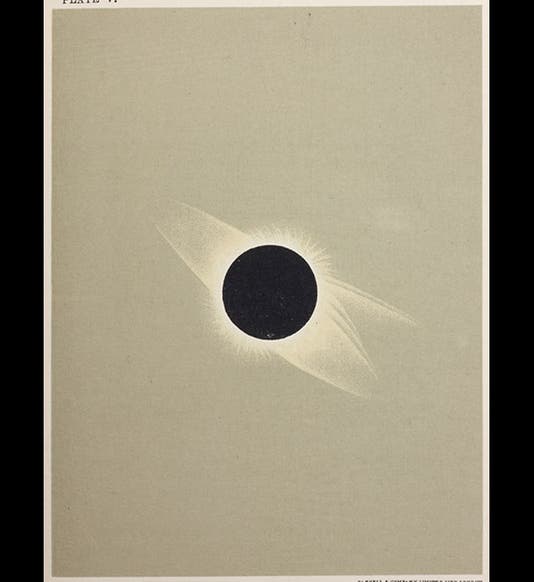Scientist of the Day - Leopold Bloom

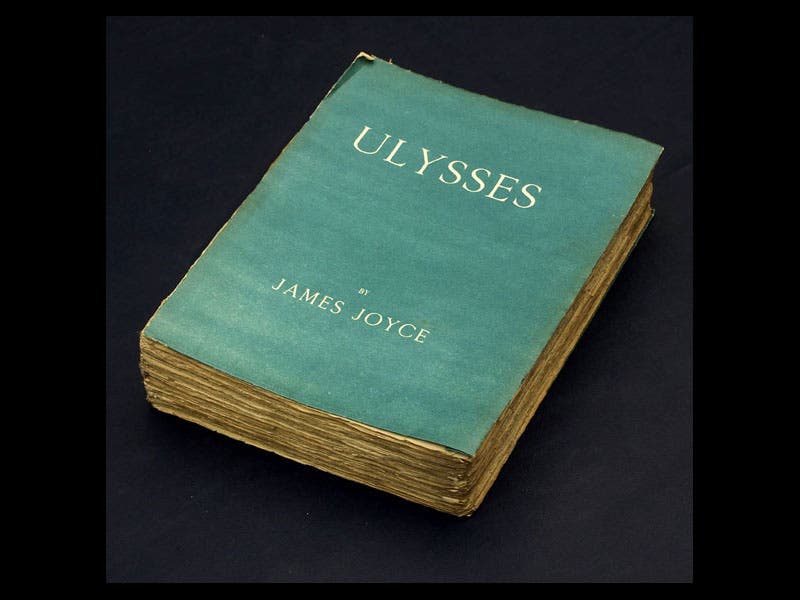
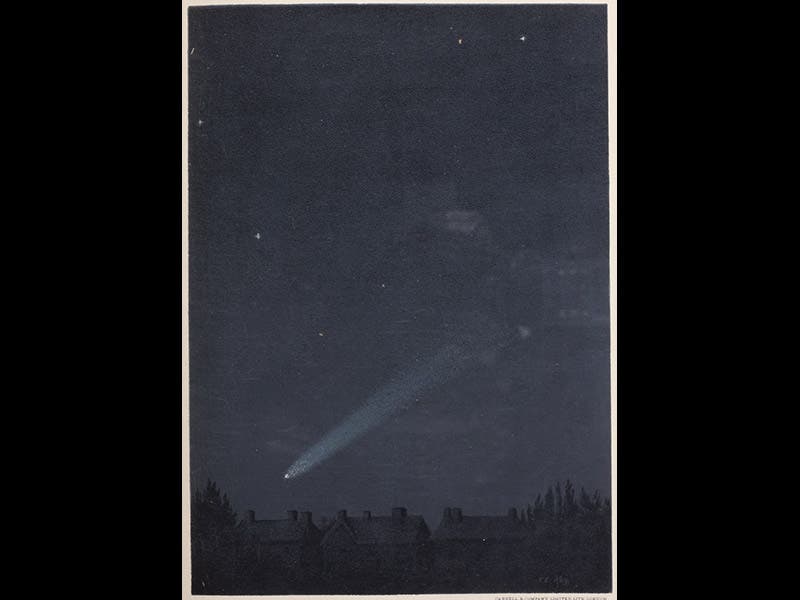
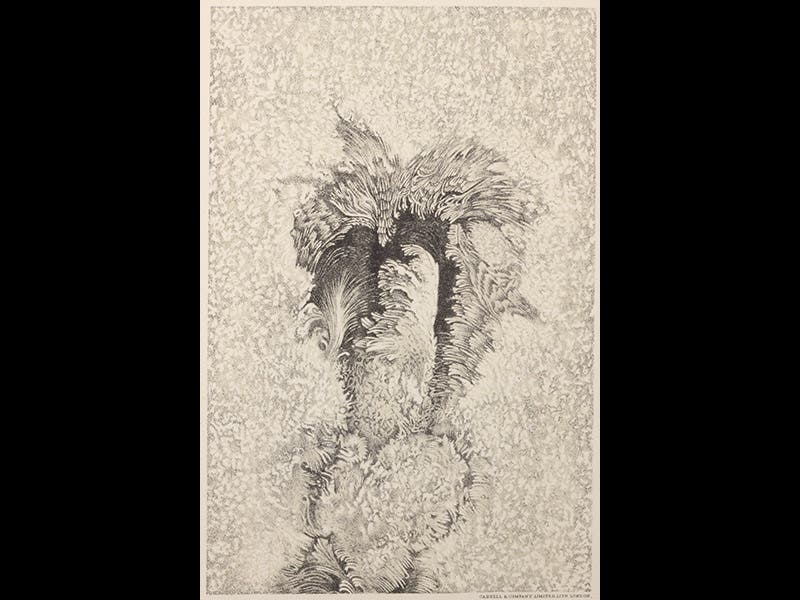
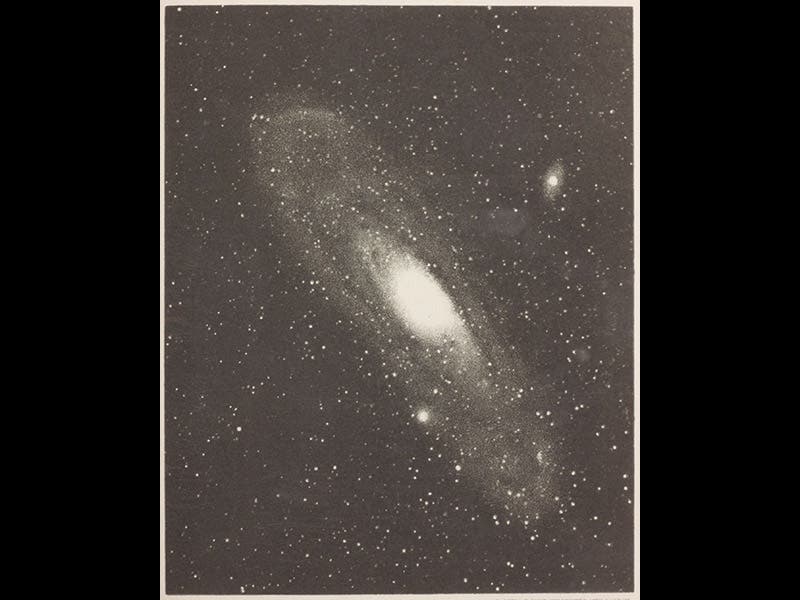
June 16, 1904 was the day on which Leopold Bloom wandered around Dublin and recorded his impressions of life, love, and the city, as set down in James Joyce's Ulysses (1922; second image). We now celebrate June 16 as Bloomsday. One of the many curious side-threads of the novel is Bloom's interest in stars and constellations, and in such astronomical phenomena as parallax. Bloom derived his knowledge of comets and stars (and parallax) from a book by an Irish astronomer, Robert Stawell Ball, The Story of the Heavens (1885). We don't have to infer this; Bloom is quite explicit about it. Early on, as he walks along the Liffey, he mentions Ball by name (the result of a bit of wordplay, naturally, as he is noticing the timeball having fallen at the ballasthouse), and we learn shortly from a minor character that Bloom once bought a copy of Ball's book at a bookstall. Later, in the penultimate chapter, the Ithaca episode, when Bloom and Stephen Daedalus walk outside into “the heaventree of stars hung with humid nightblue fruit,” Bloom suddenly gushes forth a stream of astronomical knowledge gathered from Ball, about Orion and Sirius and spiral nebulae and Kepler’s period law and Tycho’s new star and all manner of cosmological tidbits. And when, shortly thereafter, we get a catalogue of Bloom’s library, there, with When We Were Boys and Thoughts from Spinoza, is “The Story of the Heavens by Sir Robert Ball (blue cloth).”
Ball was the Royal Astronomer of Ireland and director of Dunsink Observatory in Dublin (which Bloom mentions several times by name, planning to visit). Ball didn't discover anything earth-shaking as an astronomer, but his popular writings were very successful; his Story of the Heavens went through many editions, and it is surmised that Joyce (Bloom) used the 1905 edition, since Bloom mentions the nova of 1901, which was first discussed by Ball in 1905. We have six editions of The Story of the Heavens in our History of Science collection, including the first of 1885 and the 1905 edition used by Joyce. Our 1901 edition has been digitized, and the images above are drawn from the digital version. One of them depicts a total solar eclipse, a foretaste of our own upcoming Aug. 21, 2017 event; the others depict the comet of 1882, a detail of a sunspot, and the great nebula in Andromeda. Ball was our Scientist of the Day on July 1, 2016; you will find more images from Story of the Heavens there.
Ball left Ireland for the University of Cambridge in 1892, but before doing so, he was knighted at Dublin Castle. It is reputed that, on this occasion, when he was asked if he would uphold the honor of Ireland, Ball replied, "Yes I said yes I will Yes.”
For the many of you who reside in Kansas City, I remind you that Bloomsday is being celebrated today at the Irish Center at 19 Linwood Blvd., beginning at 10:00 A.M., so grab your copy of The Story of the Heavens and head on down. For those of you in other cities, I am sure there is a Bloomsday celebration going on somewhere within earshot.
Dr. William B. Ashworth, Jr., Consultant for the History of Science, Linda Hall Library and Associate Professor, Department of History, University of Missouri-Kansas City. Comments or corrections are welcome; please direct to ashworthw@umkc.edu.

